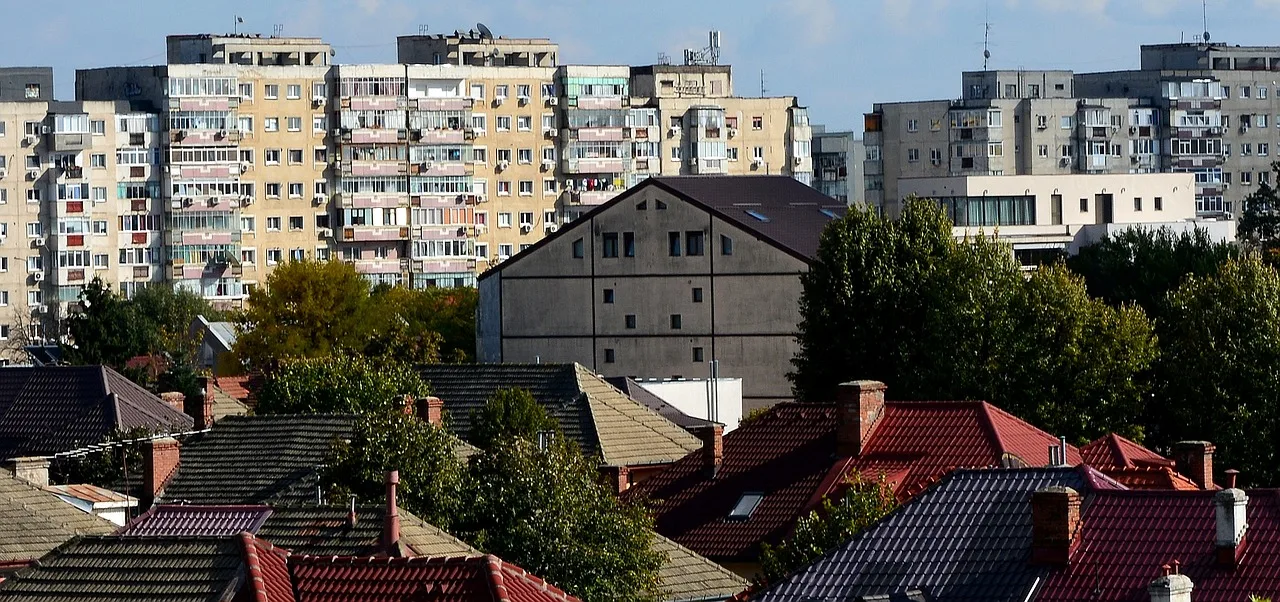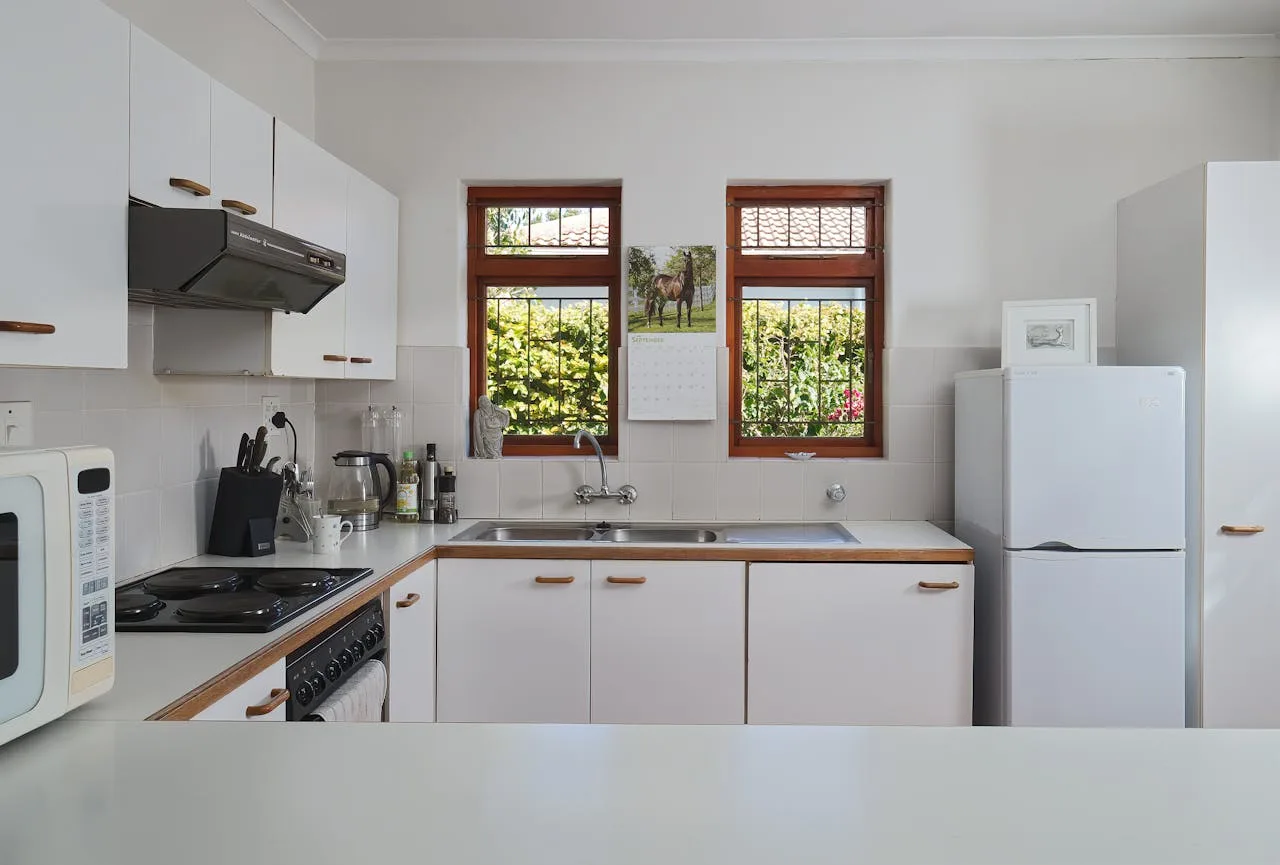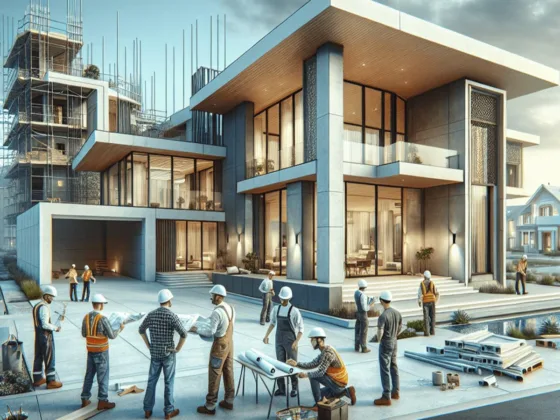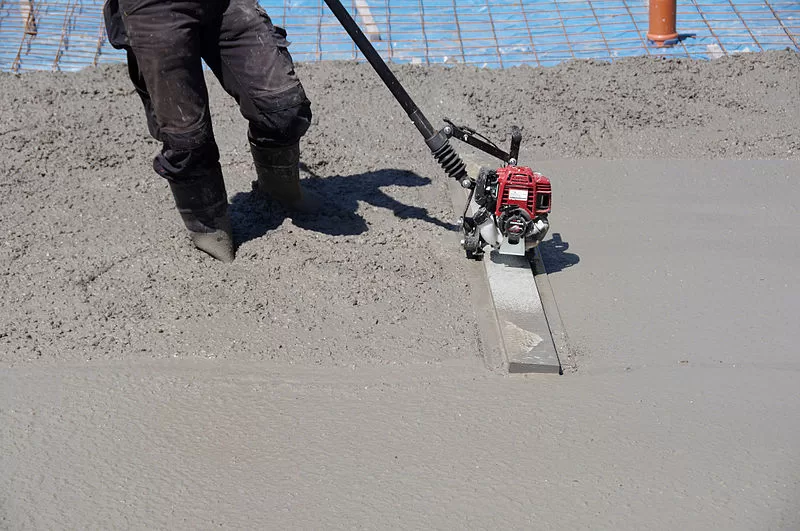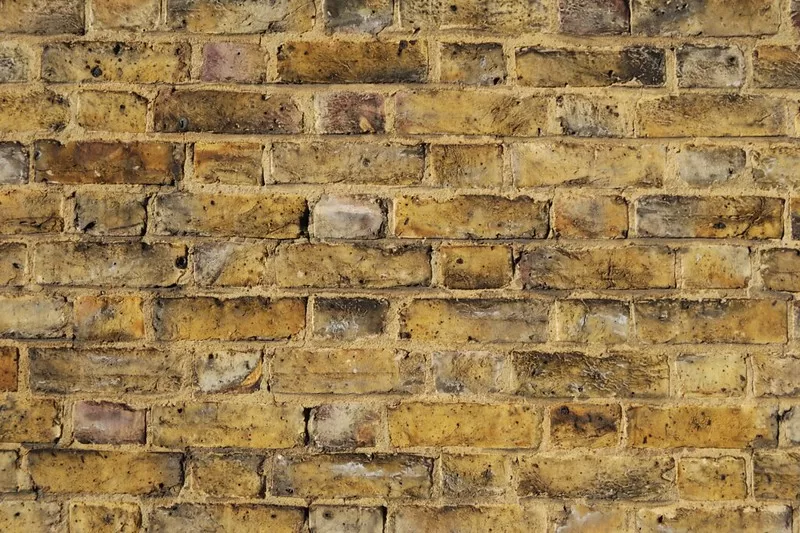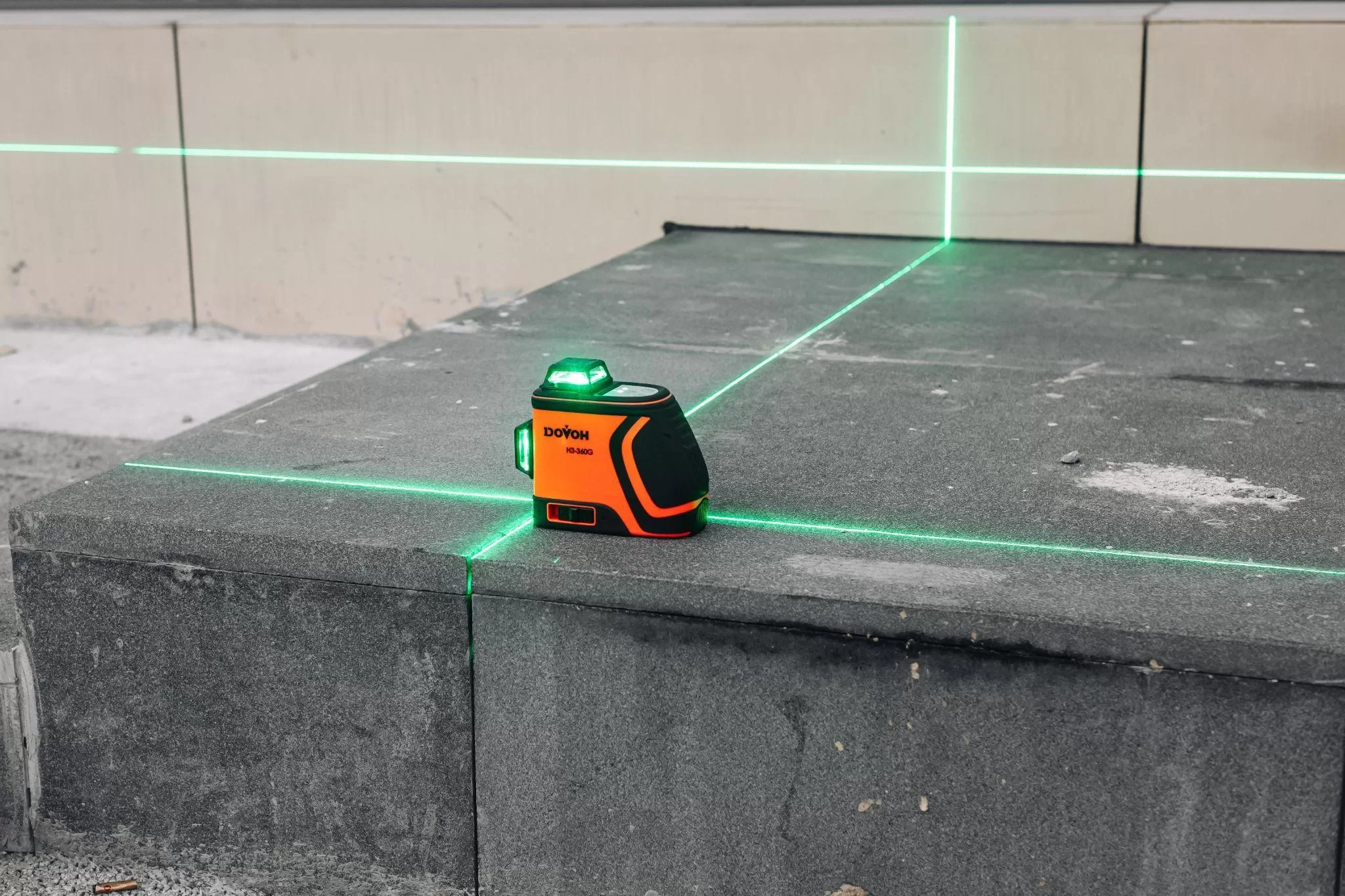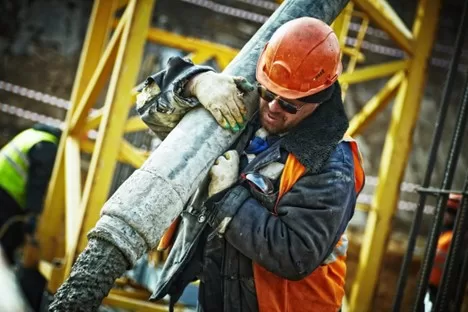Sustainable urban development has become a cornerstone of modern city planning, focusing on creating environments that are livable, resilient, and kind to the planet.
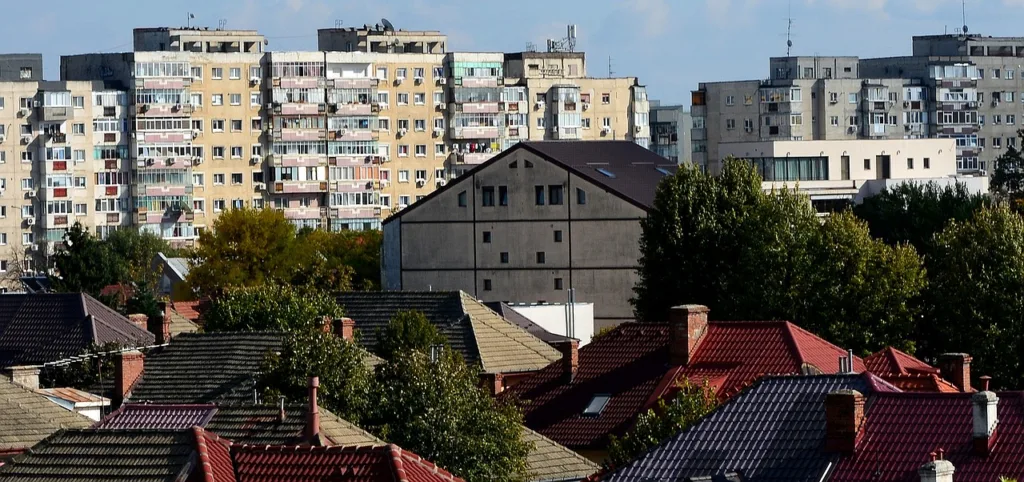
At the heart of this movement is the choice of materials used in urban construction, which directly impacts the environmental footprint and sustainability of urban spaces. Concrete, with its ubiquitous presence in the urban landscape, plays a critical role in this context.
Its versatility, strength, and affordability make it a key material in construction projects worldwide. However, the traditional production and use of concrete pose significant environmental challenges, prompting a reevaluation of its role in sustainable urban development.
This article explores how innovations in concrete technology and practices are contributing to more sustainable urban futures, highlighting the material’s importance in balancing development with environmental stewardship.
The Composition and Properties of Concrete
Concrete is a composite material composed primarily of aggregate (gravel and sand), cement, and water. The cement acts as a binder, hardening with water through a process called hydration, to form a stone-like material.
This simple yet adaptable composition gives concrete its key properties: immense compressive strength, durability, and the ability to form into any shape before setting.
These characteristics have made concrete an indispensable material in urban construction, used in everything from buildings and bridges to roads and dams.
Its durability contributes to the longevity of structures, reducing the need for frequent replacements and, consequently, the environmental impact associated with construction activities.
Sustainable Features of Concrete
Durability and Longevity
One of the most sustainable attributes of concrete is its durability. Concrete structures are known for their long service lives, often lasting 50 to 100 years with minimal maintenance.
This longevity reduces the need for frequent reconstruction, leading to lower consumption of raw materials and reduced waste generation over time.
Furthermore, concrete’s resistance to weathering, fire, and pests contributes to the sustainability of buildings by minimizing the need for repairs and replacements.
Thermal Mass Properties
Concrete possesses excellent thermal mass, meaning it can absorb and retain heat. This property plays a crucial role in reducing energy consumption in buildings. During the day, concrete walls and floors can absorb heat, reducing cooling demands.
At night, the stored heat is gradually released, helping to warm the building. This natural temperature regulation reduces the need for mechanical heating and cooling systems, leading to significant energy savings and lower greenhouse gas emissions.
Recyclability and Resource Efficiency
Concrete can be recycled at the end of its service life, further enhancing its sustainability profile. Crushed concrete can be used as aggregate in new concrete mixes or as a base layer for roads, minimizing the need for virgin materials.
Additionally, the industry is moving towards more resource-efficient practices, such as using alternative materials like fly ash or slag in place of traditional cement, which can significantly reduce the carbon footprint of concrete production.
Innovations in Concrete for Sustainability
Low-Carbon Cement Alternatives
One of the most significant sources of emissions in traditional concrete production is the manufacturing of cement. Innovations in this area include the development of low-carbon cement alternatives that reduce CO2 emissions by up to 70%.
These alternatives include the use of calcined clays, engineered limestone, and reduced-clinker cement, which maintain the performance characteristics of concrete while being more environmentally friendly.
Use of Recycled Materials in Concrete Production
The concrete industry is increasingly incorporating recycled materials into its production processes. Beyond using recycled concrete, there is a growing trend in utilizing post-consumer glass, plastics, and even rubber from discarded tires.
These materials can partially replace natural aggregates, reducing the environmental impact of mining and waste disposal.
Self-Healing Concrete and Its Benefits
Self-healing concrete represents a groundbreaking innovation, where concrete can repair its own cracks without human intervention.
This technology, often based on embedding specific bacteria within the concrete mix, activates when water enters a crack, prompting the bacteria to produce limestone, effectively sealing the crack.
This innovation not only extends the lifespan of concrete structures but also reduces maintenance costs and the environmental impact associated with repairs.
Case Studies: Concrete in Sustainable Urban Projects
Globally, several projects exemplify the successful integration of sustainable concrete solutions in urban development. For instance, the construction of the Bullitt Center in Seattle, USA, showcases the use of high-performance concrete with a significantly reduced carbon footprint.
This building, aiming to meet the rigorous standards of the Living Building Challenge, incorporates concrete made with recycled materials and low-carbon cement, demonstrating the feasibility and effectiveness of sustainable concrete in real-world applications.
Another example is the Copenhagen International School in Denmark, which features solar panels integrated into its concrete facade.
This innovative use of concrete not only supports the structure but also contributes to the building’s energy generation, highlighting the potential for concrete to play a role in renewable energy solutions within urban environments.
Challenges and Considerations
Despite the advancements and sustainable features of concrete, there are environmental challenges and considerations that need to be addressed to maximize its benefits. The production of cement, a key ingredient in concrete, is one of the largest sources of CO2 emissions globally.
It accounts for approximately 8% of global CO2 emissions, highlighting the urgent need for innovation in cement production and alternative binding materials.
Water usage is another consideration, as concrete production requires significant amounts of water, posing challenges in water-scarce regions. Furthermore, the extraction of raw materials for concrete has environmental impacts, including habitat destruction and resource depletion.
Addressing these challenges requires a holistic approach that encompasses the entire lifecycle of concrete, from material sourcing to production, use, and eventual recycling or disposal.
The balance between urban development needs and environmental conservation is delicate. Urban planners and construction professionals must carefully consider the environmental impact of concrete while exploring sustainable alternatives and practices that reduce the carbon footprint and improve resource efficiency.
Conclusion
Perth Concrete contractors excel in their field, showcasing their adeptness with one of construction’s most prevalent materials. Known for its durability, versatility, and cost-effectiveness, concrete remains a cornerstone of urban infrastructure.
Despite this, it’s critical to address the environmental concerns stemming from conventional concrete production. The future of sustainable urban development hinges on adopting innovative concrete technologies and methodologies.
By integrating low-carbon cement alternatives, incorporating recycled materials, and leveraging advancements such as self-healing concrete, we can significantly diminish the environmental footprint of urban projects.
The case studies of the Bullitt Center and Copenhagen International School are just two examples of how sustainable concrete solutions are being implemented in real-world projects, demonstrating the feasibility of balancing development needs with environmental sustainability.
These projects serve as beacons for future urban development, showcasing that with the right approach, concrete can contribute significantly to the creation of more sustainable, resilient, and livable urban environments.
As urban populations continue to grow, the demand for sustainable development practices will only increase. Concrete, with its deep-rooted presence in construction and emerging innovations, remains at the forefront of this transformation.
Continued research, investment, and collaboration across industries are essential to unlock the full potential of concrete in sustainable urban development, ensuring that our cities remain vibrant and sustainable for generations to come.
By addressing the environmental challenges head-on and leveraging innovative solutions, the construction industry can redefine the role of concrete in building sustainable urban landscapes.
The future of urban development hinges on our ability to adapt, innovate, and implement practices that respect the planet while catering to the evolving needs of urban societies.
